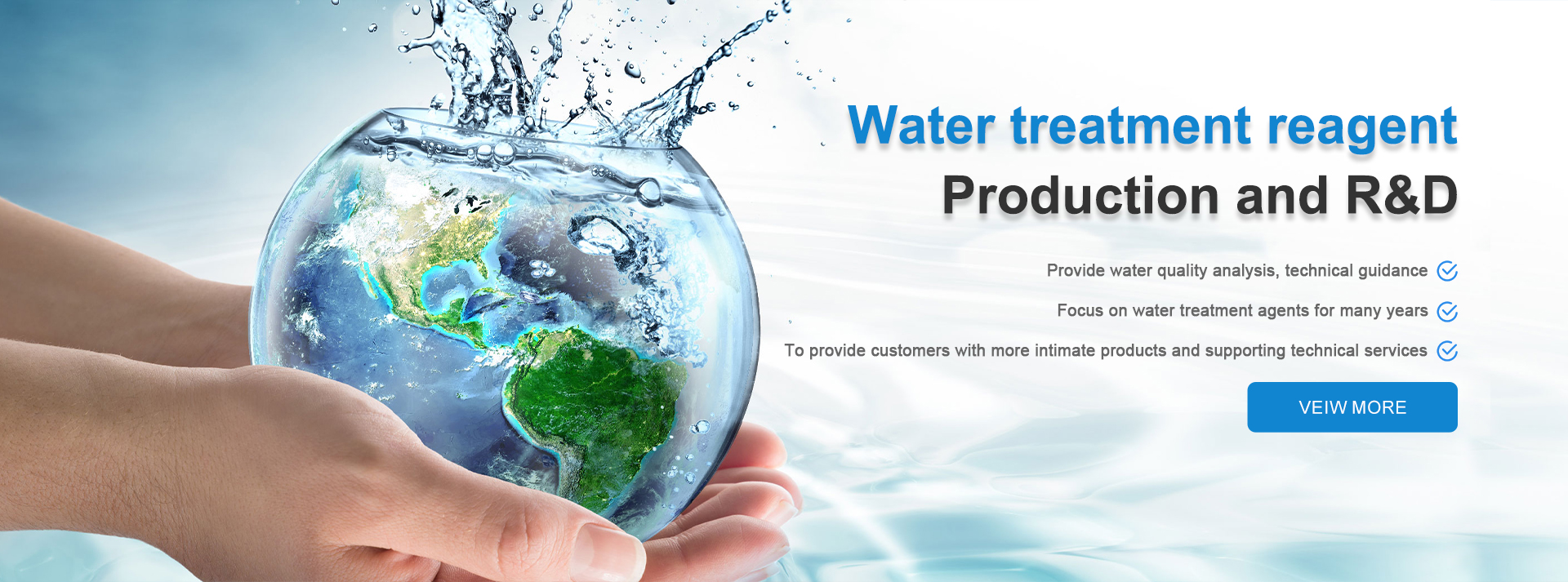Exploring the Applications and Benefits of HEDP Acid in Various Industries
Understanding HEDP Acid Properties, Applications, and Safety
HEDP, or Hydroxyethylidene Diphosphonic Acid, is a phosphonic acid derivative that plays a crucial role in various industries due to its unique properties. Notably, it is widely utilized as a chelating agent and scale inhibitor in water treatment processes, making it a valuable component in industrial applications.
Chemical Properties
HEDP is characterized by its ability to form stable complexes with metal ions. This property is essential in preventing scale formation in water systems, particularly in cooling towers, boilers, and other industrial water systems. The chemical structure of HEDP allows it to bind with calcium, magnesium, and iron ions, which are common culprits in scaling phenomena. By deactivating these ions, HEDP effectively mitigates the risks associated with scale buildup, ensuring smoother operation of water systems and enhancing their longevity.
Moreover, HEDP exhibits excellent thermal stability and solubility in water, which further boosts its application in various formulations. Its efficacy as a corrosion inhibitor also cannot be overlooked, as it protects metal surfaces from corrosive damage caused by water and other chemicals.
Applications in Industry
The primary use of HEDP is in water treatment processes. Industries such as power generation, oil and gas, and manufacturing rely heavily on this compound to maintain the efficiency and safety of their water systems. It is commonly added to cooling water systems to prevent scale and corrosion, ensuring optimal heat exchange and reducing the risk of system failures.
hedp acid

In addition to water treatment, HEDP finds applications in agricultural fertilizers, where it helps in the management of nutrient delivery and uptake in plants. Its chelating properties enable the binding of essential nutrients, enhancing their availability to crops and thereby promoting healthier growth.
HEDP is also used in the formulation of cleaning agents and detergents, where it acts to enhance the performance of these products by preventing mineral scaling in washing machines and other appliances.
Safety and Environmental Considerations
While HEDP is generally recognized as safe for use in various applications, it is crucial to follow appropriate safety guidelines when handling it. Personal protective equipment (PPE) should be worn to prevent skin and eye contact, and the storage of HEDP should adhere to the manufacturer's recommendations to avoid potential hazards.
In terms of environmental impact, HEDP is considered to have low toxicity to aquatic life, but careful management and disposal practices are advised to prevent any unintended consequences. Regulatory bodies monitor the use of such chemicals to ensure that they do not lead to significant environmental degradation.
Conclusion
HEDP acid stands as a versatile and effective agent in multiple industries, particularly in water treatment and agricultural products. Its remarkable properties enable industries to enhance efficiency, reduce maintenance costs, and minimize environmental impact. As technology advances, the applications of HEDP will likely expand, further solidifying its importance in industrial processes. By understanding its properties, applications, and safety considerations, professionals can better leverage HEDP to improve operational effectiveness while ensuring safety and environmental stewardship.
-
Understanding Polycarboxylic Acids: Properties, Applications, and Future PotentialNewsJul.28,2025
-
Scale Inhibitor Explained: How to Protect Your System from Limescale and Hard Water DamageNewsJul.28,2025
-
Scale and Corrosion Inhibitors: Essential Chemicals for Industrial Water System ProtectionNewsJul.28,2025
-
Polyaspartic Acid: A Biodegradable Polymer for Sustainable ChemistryNewsJul.28,2025
-
Isothiazolinones: A Versatile Antimicrobial Class with Industrial Power and Regulatory ChallengesNewsJul.28,2025
-
A Deep Dive into 2-Phosphonobutane-1,2,4-Tricarboxylic Acid (PBTC)NewsJul.28,2025





